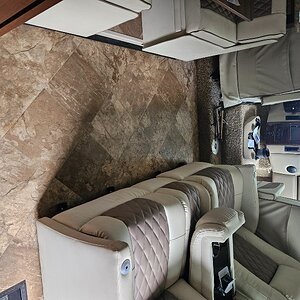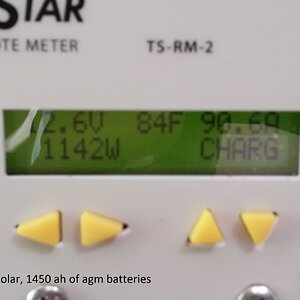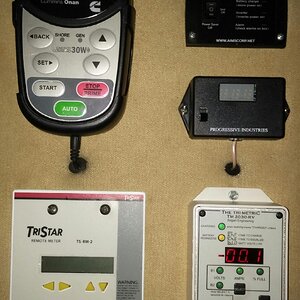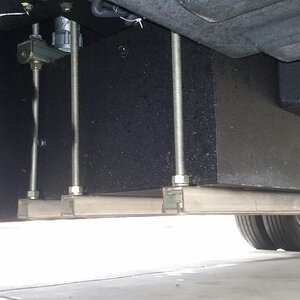Neal
Administrator
- Joined
- Jul 27, 2019
- Messages
- 13,870
- Location
- Midlothian, VA
- RV Year
- 2017
- RV Make
- Newmar
- RV Model
- Ventana 4037
- RV Length
- 40' 10"
- Chassis
- Freightliner XCR
- Engine
- Cummins 400 HP
- TOW/TOAD
- 2017 Chevy Colorado
- Fulltimer
- No
I have solar, I installed it as I had a need for it (and could again someday) - storage without power, and there is also the times when in service and parked in a lot it can help prevent house batteries from going dead. Beyond that, anyone looking at solar needs to think hard about the need. A modern class A with ultra-quiet gens I question that need. Even if parked in storage or service per above, if AGS is set (and not disabled by the service) the gen can automatically come on and maintain the batteries (notify them to be safe). Then of course for those that want to boondock, again, think hard about your needs as I bet in 75% of the solar installs out there, there is no need.
Take for example simply replacing FLA/AGM batteries with LifePO4 giving you a larger spectrum of usable battery and also faster recharge times such as from a GEN. This further negates the need for solar IMHO. Put the money towards a sufficient and correct LifePO4 install FIRST and go from there. Solar panels and solar controller are the cheap part of the setup. LifePO4 batteries first, other components secondary IMHO if I did it over again. I believe good batteries is all "most" here really need.
Edit: I'm curious of how fast a GEN can recharge a LifePO4 bank. Need to know the charge rate for LifePO4's and how long a GEN run would be required for recharge.
Edit2: Just my $.02
Take for example simply replacing FLA/AGM batteries with LifePO4 giving you a larger spectrum of usable battery and also faster recharge times such as from a GEN. This further negates the need for solar IMHO. Put the money towards a sufficient and correct LifePO4 install FIRST and go from there. Solar panels and solar controller are the cheap part of the setup. LifePO4 batteries first, other components secondary IMHO if I did it over again. I believe good batteries is all "most" here really need.
Edit: I'm curious of how fast a GEN can recharge a LifePO4 bank. Need to know the charge rate for LifePO4's and how long a GEN run would be required for recharge.
Edit2: Just my $.02
Last edited:












